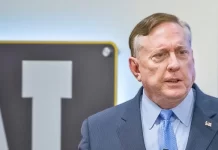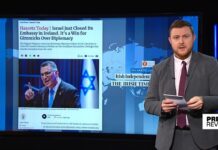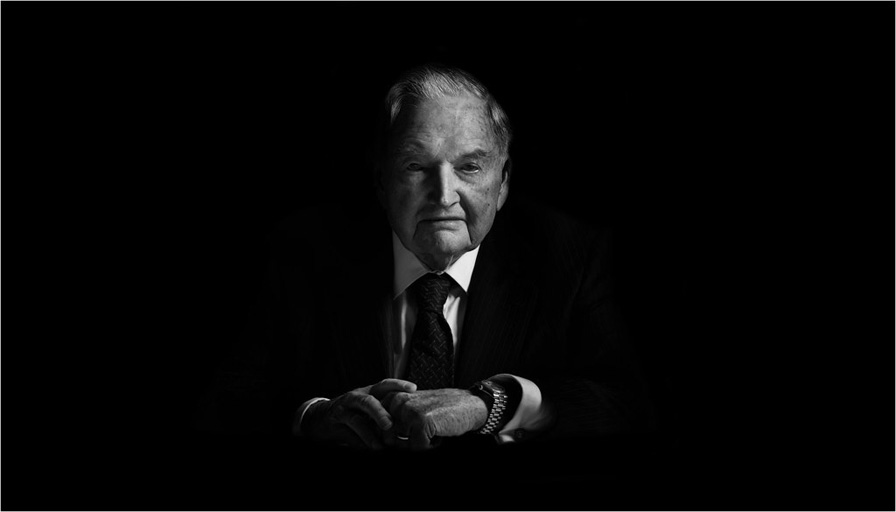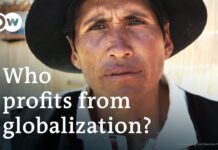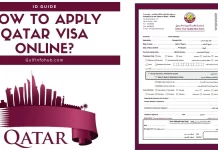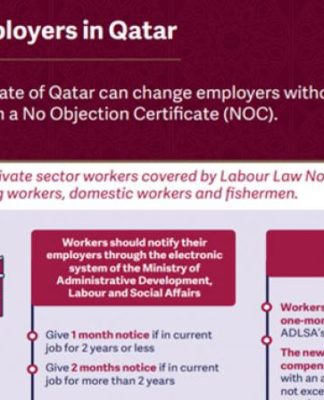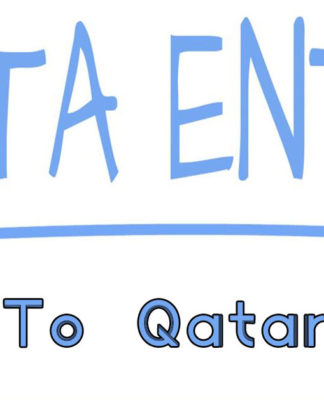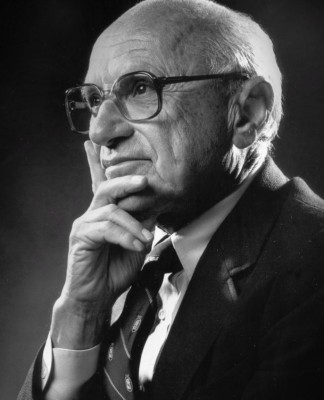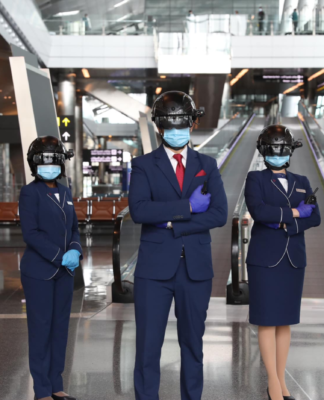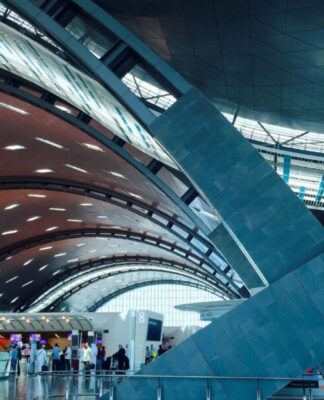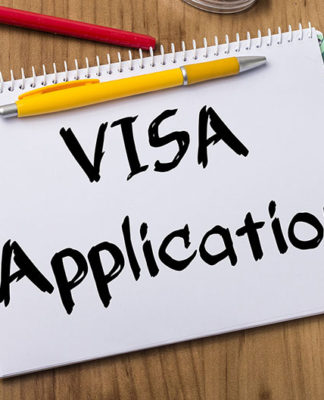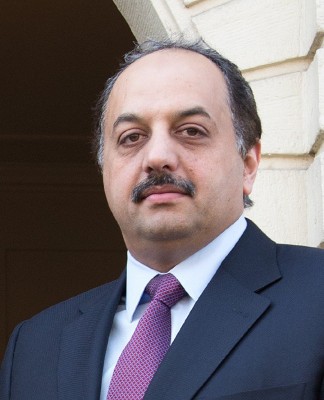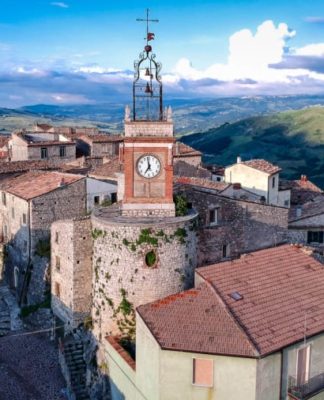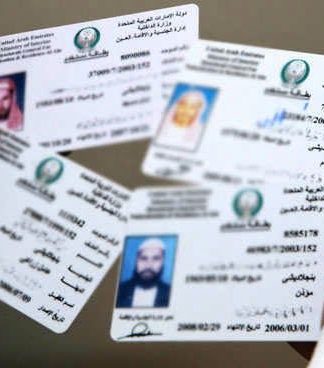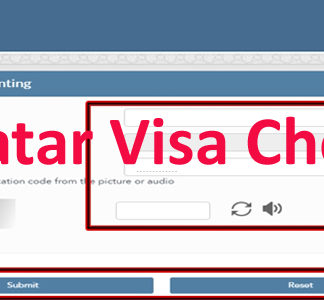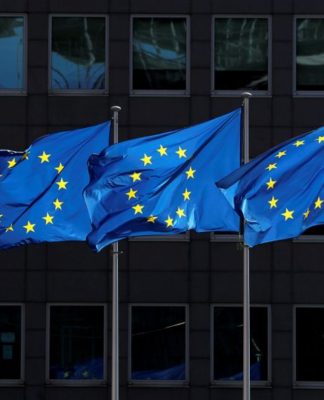David Rockefeller (born June 12, 1915) is an American banker who served as chairman and chief executive of Chase Manhattan Corporation. He is the oldest living member of the Rockefeller family and family patriarch since July 2004. Rockefeller is also the only surviving child of John D. Rockefeller, Jr. and Abby Aldrich Rockefeller, and the only surviving grandchild of John D. Rockefeller and Laura Spelman Rockefeller.
He married Margaret “Peggy” McGrath (September 28, 1915 – March 26, 1996) on September 7, 1940. She was the daughter of a partner in a prominent Wall Street law firm. They had six children and (as of 2002), ten grandchildren.
- David Rockefeller Jr. (born July 24, 1941) – Vice Chairman, Rockefeller Family & Associates (the family office, Room 5600); Chairman of Rockefeller Financial Services; Trustee of the Rockefeller Foundation; former Chairman of the Rockefeller Brothers Fund and Rockefeller & Co., Inc., among many other family institutions.
- Abigail Aldrich “Abby” Rockefeller (born 1943) – economist and feminist. Eldest and most rebellious daughter, she was drawn to Marxism and was an ardent admirer of Fidel Castro and a late 1960s/early 1970s radical feminist who belonged to the organization Female Liberation, later forming a splinter group called Cell 16. An environmentalist and ecologist, she was an active supporter of the women’s liberation movement.
- Neva Rockefeller (born 1944) – economist and philanthropist. She is Director of the Global Development and Environment Institute; Trustee and Vice Chair of the Rockefeller Brothers Fund and Director of the Rockefeller Philanthropy Advisors.
- Margaret Dulany “Peggy” Rockefeller (born 1947) – founder of the Synergos Institute in 1986; Board member of the Council on Foreign Relations; serves on the Advisory Committee of the David Rockefeller Center for Latin American Studies at Harvard University.
- Richard Gilder Rockefeller (January 20, 1949 − June 13, 2014) – physician and philanthropist; chairman of the United States advisory board of the international aid group Doctors Without Borders; Trustee and Chair of the Rockefeller Brothers Fund.
- Eileen Rockefeller (born 1952) – venture philanthropist; Founding Chair of Rockefeller Philanthropy Advisors, established in New York City in 2002.
Wealth
As of September 2015, his net worth is estimated to be US $3.0 billion, ranking him among the 200 richest people in the world. Initially, most of his wealth had come to him via the family trusts that his father had set up, which were administered by Room 5600 and the Chase Bank. In turn, most of these trusts were held as shares in the successor companies of Standard Oil, as well as diverse real estate investment partnerships, such as the expansive Embarcadero Center in San Francisco, which he later sold for considerable profit, retaining only an indirect stake. In addition, he is or has been a partner in various properties such as a 4,000-acre (16 km2) resort development in the Virgin Islands and a cattle ranch in Argentina, as well as a 15,500-acre (63 km2) sheep ranch in Australia.
Another major source of asset wealth is his formidable art collection, ranging from impressionist to postmodern, which he developed through the raising of his mother Abby and her establishment, with two associates, of the Museum of Modern Art in New York in 1929. He is not a collector of most modern art himself but, as chairman and honorary chairman, has never hindered MoMA’s acquisition of the newer works. He has donated many works to MoMA over the decades and more will go there after his death.
Early life
David Rockefeller was born in New York City, New York, and grew up in a nine-story house at 10 West 54th Street, the tallest private residence ever built in the city. He is the youngest of six children born to financier John Davison Rockefeller Jr. and socialite Abigail Greene “Abby” Aldrich. John Jr. was the only son of Standard Oil co-founder John Davison Rockefeller Sr. and schoolteacher Laura Celestia “Cettie” Spelman. Abby was a daughter of Senator Nelson Wilmarth Aldrich and Abigail Pearce Truman “Abby” Chapman. David’s five elder siblings were Abby (1903–1976), John III (1906–1978), Nelson (1908–1979), Laurance (1910–2004), and Winthrop (1912–1973). The home contained rare, ancient, medieval and Renaissance treasures collected by his father—with some, such as the Unicorn Tapestries, held in an adjoining building at 12 West 54th Street. On the seventh floor was his mother’s private modern art gallery. The house was subsequently donated by David’s father as a site for a sculpture garden that is now part of the Museum of Modern Art. He spent much time as a child at the family estate Kykuit, where, in his memoirs, he recalls visits by associates of his father, including General George C. Marshall, the adventurer Admiral Richard Evelyn Byrd (whose Antarctic expeditions had been funded by the family), and the aviator Charles Lindbergh. Summer vacations were spent at the Eyrie, a 100-room house in Seal Harbor on the southeast shore of Mount Desert Island, in Maine. The house was demolished by the family in the early 1960s to make way for Museum of Modern Art. This was conceived and planned for by his mother Abby.
Rockefeller attended the experimental Lincoln School at 123rd Street in Harlem. The school was the brainchild of Abraham Flexner, who had structured the institution after the educational philosophy of John Dewey. It opened in 1916 and was operated by the Teachers College at Columbia University, with crucial funding in its early years from the Rockefellers’ General Education Board, a philanthropic educational institution later rolled into the Rockefeller Foundation. In 1936, Rockefeller graduated cum laude from Harvard University. He also studied economics for a year at Harvard and then a year at the London School of Economics (LSE). It was at LSE that he first met future President John F. Kennedy (although he had earlier been his contemporary at Harvard) and once dated Kennedy’s sister Kathleen. During his time abroad, Rockefeller briefly worked in the London branch of what was to become the Chase Manhattan Bank. Having returned to the United States to complete his graduate studies, in 1940 he received a Ph.D. from the University of Chicago. His dissertation was entitled Unused Resources and Economic Waste. After completing his studies in Chicago, he became secretary to New York Mayor Fiorello La Guardia for eighteen months in a “dollar a year” public service position. Although the mayor pointed out to the press that Rockefeller was only one of 60 interns in the city government, his working space was, in fact, the vacant office of the deputy mayor. From 1941 to 1942, Rockefeller was assistant regional director of the United States Office of Defense, Health and Welfare Services. After war broke out, he enlisted in the U.S. Army and entered Officer Candidate School in 1943; he was ultimately promoted to captain in 1945. During World War II he served in North Africa and France (he spoke fluent French) for military intelligence setting up political and economic intelligence units. For seven months he also served as an assistant military attaché at the American Embassy in Paris. During this period, he would call on family contacts and Standard Oil executives for assistance.

Political life
In a private capacity Rockefeller has interfaced with every United States president since Eisenhower and has even at times served as an unofficial emissary on high-level diplomatic missions. President Jimmy Carter offered him the positions of United States Secretary of the Treasury and Federal Reserve Chairman but he declined both instead preferring a private role. He at an earlier point declined an offer from his brother Nelson to appoint him to Robert F. Kennedy’s Senate seat after Kennedy was assassinated in June 1968, a post Nelson also offered to their nephew John Davison “Jay” Rockefeller IV. On account of his personal, political, and professional connections and his family name, Rockefeller has been able to act as bridge to various interests around the world, including Saddam Hussein and Communist leaders such as Fidel Castro, Nikita Khrushchev, and Mikhail Gorbachev.
In Henry Kissinger, Rockefeller found a political operative with an international and domestic perspective similar to his. They first met in 1954, when Kissinger was appointed a director of a seminal Council on Foreign Relations study group on nuclear weapons, of which David was a member. The relationship developed to the point that Kissinger was invited to sit on the board of trustees of the Rockefeller Brothers Fund. Rockefeller consulted with Kissinger on numerous occasions, as for example in the Chase Bank’s interests in Chile and the possibility of the election of Salvador Allende in 1970, and fully supported his “opening of China” initiative in 1971 as it afforded banking opportunities for the Chase Bank.
Though a lifelong Republican and party contributor, like his father in the dynastic line, he is a committed member of the moderate “Rockefeller Republicans” that arose out of the political ambitions and public policy stance of his brother Nelson. In 2006 he teamed up with former Goldman Sachs executives and others to form a fund-raising group based in Washington, Republicans Who Care, that supported moderate Republican candidates over more ideological contenders.
Rockefeller also reportedly has connections to the Central Intelligence Agency (CIA). As well as knowing Allen Dulles and his brother John Foster Dulles—who was an in-law of the family—since his college years, it was in Rockefeller Center that Allen Dulles had set up his WWII operational center after Pearl Harbor, liaising closely with MI6 which also had their principal U.S. operation in the Center. He also knew and associated with the former CIA director Richard Helms, as well as Archibald Bulloch Roosevelt Jr., a Chase Bank employee and former CIA agent whose first cousin CIA agent Kermit Roosevelt, Jr. was involved in the Iran coup of 1953. Also, in 1953, he had befriended William Bundy, a pivotal CIA analyst for nine years in the 1950s, who became the Agency liaison to the National Security Council, and a subsequent lifelong friend. Moreover, in Cary Reich’s biography of his brother Nelson, a former CIA agent states that David was extensively briefed on covert intelligence operations by himself and other Agency division chiefs, under the direction of David’s “friend and confidant”, CIA Director Allen Dulles.
Additionally, he serves as the only member of the Advisory Board for the Bilderberg Group.

Career at the Chase Bank
In 1946, Rockefeller joined the staff of the longtime family-associated Chase National Bank. The chairman at that time was Rockefeller’s uncle Winthrop W. Aldrich. The Chase Bank was primarily a wholesale bank, dealing with other prominent financial institutions and major corporate clients such as General Electric (which had, through its RCA affiliate, leased prominent space and become a crucial first tenant of Rockefeller Center in 1930). The bank also is closely associated with and has financed the oil industry, having longstanding connections with its board directors to the successor companies of Standard Oil, especially Exxon Mobil. Chase National subsequently became the Chase Manhattan Bank in 1955 and shifted significantly into consumer banking. It is now called JPMorgan Chase.
Rockefeller started as an assistant manager in the Foreign Department. There he financed international trade in a number of commodities, such as coffee, sugar and metals. This position also maintained relationships with more than 1,000 correspondent banks throughout the world. He served in other positions and became president in 1960. He was both chairman and chief executive of Chase Manhattan from 1969 to 1980 and remained chairman until 1981. He was also, as recently as 1980, the single largest individual shareholder of the bank, holding 1.7% of its shares.
In 1954, Rockefeller became chairman of the committee charged with deciding the location of the bank’s new headquarters. The following year his decision to erect the building in the Wall Street area was accepted; it was subsequently seen as a decision that directly revived the City’s downtown financial district. In 1960 the headquarters was completed under his direction at One Chase Manhattan Plaza, on Liberty Street in downtown Manhattan, directly across from the Federal Reserve Bank of New York. At 60 stories, it was at that time the largest bank building in the world; it also had, five floors below ground, the largest bank vault then in existence.
In the 1960s, Rockefeller and other businessmen formed the Chase International Advisory Committee (IAC) which by 2005 consisted of twenty-eight prominent and businessmen from 19 nations throughout the world, many of whom were his personal friends. Rockefeller subsequently became chairman until he retired from that position on the IAC in 1999. After the Chase’s merger with J. P. Morgan, this committee was renamed the International Council, and contains prominent figures such as Henry Kissinger, Riley P. Bechtel (of the Bechtel Group), Andre Desmarais, Lee Kuan Yew and George Shultz, the current chairman. Historically, prominent figures on the IAC have included Gianni Agnelli (a longtime associate, who spent thirty years on the Committee), John Loudon (Chairman of Royal Dutch-Shell), C. Douglas Dillon, David Packard and Henry Ford II.
Under his term as CEO, Chase spread internationally and became a central pillar in the world’s financial system; Chase has a global network of correspondent banks that has been estimated to number about 50,000, the largest of any bank in the world. In 1973, Chase established the first branch of an American bank in Moscow near the Kremlin, in the then Soviet Union. That year Rockefeller traveled to China, resulting in his bank becoming the National Bank of China’s first correspondent bank in the United States.
In November 1979, while chairman of the Chase Bank, Rockefeller became embroiled in an international incident when he and Henry Kissinger, along with John J. McCloy and Rockefeller aides, persuaded President Jimmy Carter through the United States Department of State to admit the Shah of Iran, Mohammad Reza Pahlavi, into the United States for hospital treatment for lymphoma. This action directly precipitated what is known as the Iran hostage crisis and placed Rockefeller under intense media scrutiny (particularly from The New York Times) for the first time in his public life.





